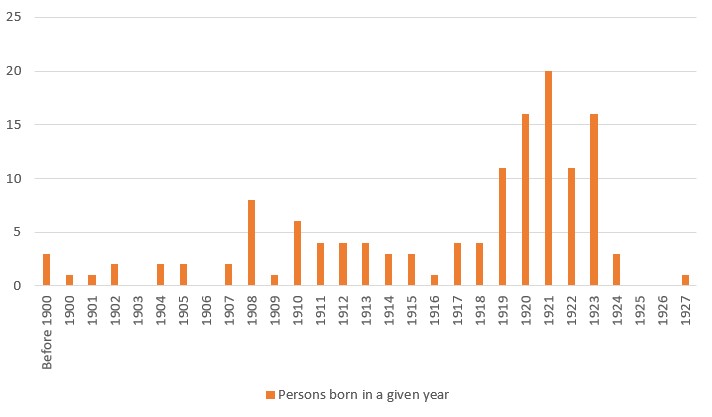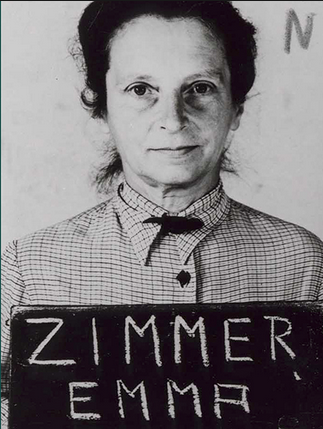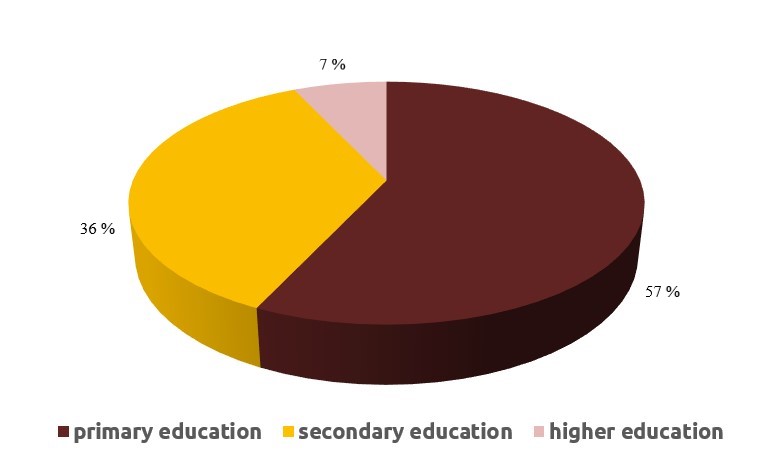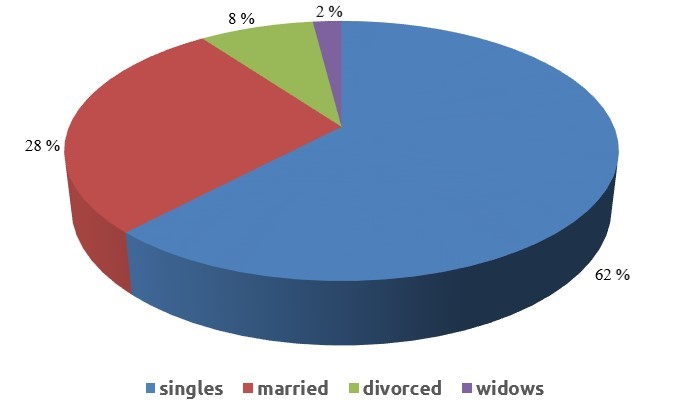Due to the fact that 177 women who served in Auschwitz were born between 1942- 1945 (which constitutes ca. 76,3 % of the researched group), the following analysis may be seen to have a relatively high level of credibility. Most female guards were born between 1919 and 1923 with those born in 1921 prevailing among them, as young women between 21 and 45 years old were preferred for the job. As a result, the average age of a woman working as a staff member in various concentration camps was 25. Regarding Auschwitz concentration camp, the average was slightly higher; here the average age of a female SS guard serving in the camp was 27.




